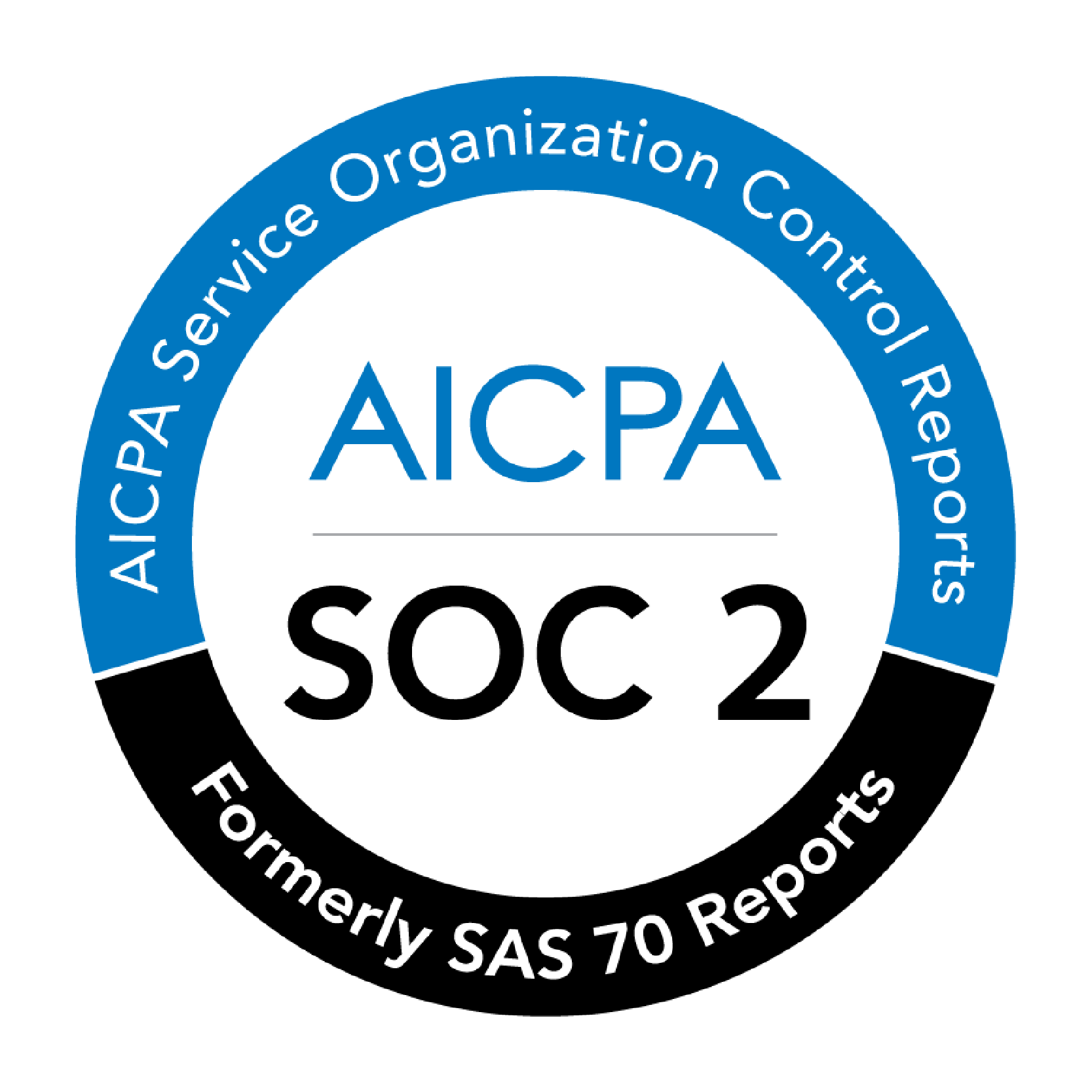AGENTIC AI PLATFORM
Build smarter.
Deploy faster.
Scale bigger.
Develop apps, agents, and services with unmatched agility on our agentic AI platform.
COMPOSABLE AI ARCHITECTURE
Ready to use, built to scale
Don’t waste time and money building costly AI infrastructure. Use our unified, low-code agentic AI platform and scale AI projects across your enterprise with ease.
A foundation you can build on
![]()
Secure
Get complete peace of mind with SOC2-compliant software, enterprise-grade security, and native integration with industry-leading authentication solutions.
Scalable
Serverless API. Modular architecture. Vendor-agnostic. With Vertesia, you can scale projects independently, handle workloads easily, and distribute them across multiple models.
Flexible
Vertesia supports leading cloud infrastructures, including AWS, GCP, Azure, or your own private cloud. We also offer a fully-hosted, multi-cloud SaaS solution.
Interoperable
As an API-first solution, you can seamlessly integrate every function and capability of the platform with your existing applications.
Low-code AI studio
Studio is the easy-to-use design environment for the Vertesia platform where you can create, test and deploy a production-ready agentic app or agent in minutes
Build & deploy autonomous AI agents in minutes
Quickly and easily build autonomous agents that infinitely scale across hundreds of complex use cases, saving you time and money.
Enterprise-grade security is built-in




Vertesia is a true, enterprise platform built specifically to address today’s most rigorous security, privacy and regulatory requirements
Virtualized LLMs = virtually unstoppable
Unlike other AI development tools, Vertesia’s virtualized LLMs can distribute workloads and tasks across multiple models and providers – so there’s no single point of failure.
Prevent LLM hallucinations
Our AI agents ensure you get accurate, relevant results. Every time.
With Vertesia, you always get the highest quality GenAI responses.
A powerful API for simple integration
Seamlessly connect apps, agents, and services to your existing processes and tools – so you can build without limits.
REST API
Create, manage, and execute tasks and activities with an interoperable REST API.
OpenAPI/Swagger
An OpenAPI/Swagger specification describes the API for executing tasks and accessing runs.
JavaScript SDK
Integrate with applications effortlessly using Vertesia’s Javascript SDK.
Command-line interface
Use our command-line interface for improved control and execution.
Publish task definitions as robust API endpoints, ensure high-quality schema validation, and minimize call latency.
What about Model Context Protocol?
Model Context Protocol (MCP) is a framework that enables AI models to understand, maintain, and update their conversational context to provide more coherent and relevant responses across interactions, but AI models don't natively integrate and work with MCP for standardized communication with external tools and data sources.
The Vertesia platform eliminates this implementation gap and complexity by making MCP work out-of-the-box, giving you the flexibility to use MCP with any AI model supporting tools.


